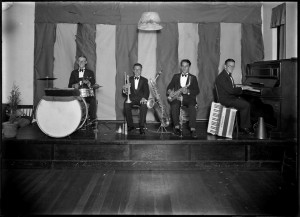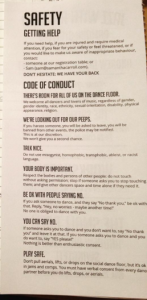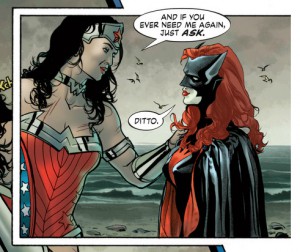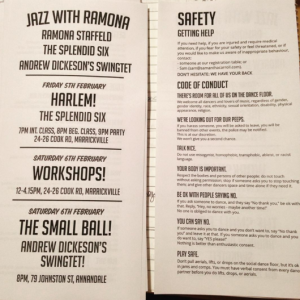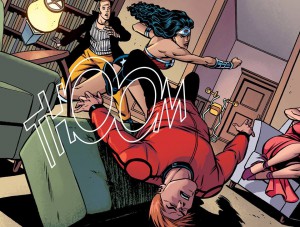We’re doing some quite interesting classes on our Wednesday nights at the moment. They are all by-request, which means the topics are quite varied. We did a ‘big apple contest’ class open to everyone (most excellent fun), we’re doing a ‘Social dancer’s history of jazz’ class next week (open to everyone again), a ‘steals’ class the week after, and this week we’re doing a class on how to combine 6 and 8 count steps.
I’d ordinarily avoid a class on ‘steals’ because it feels like one of those gimmick classes. But as one of our other teachers said, “If we want to foster those lindy hop traditions like birthday jams, we have to teach them how to steal.” And because our classes are more like structured self-guided learning a lot of the time, it’s the perfect chance for people to experiment with the concept.
The more I thought about it, the more convinced I became. Especially when I thought about it as just another example of how to understand phrasing, and to read another dancer’s body and feels. So while we’ll be looking at how to get into a birthday jam and ‘steal’, we’ll be talking about how to prepare for the beginning of a phrase, how to read a couple’s dancing to see if it’s time to interrupt or not (eg don’t butt in on a big rhythm break), how to ‘cut in’ in a respectful, efficient way, etc etc. And it’s really just a dancing game that teaches us how to partner dance.
The one we’re doing this week is about combining 6 and 8 count moves. More specifically, a follow requested we look at how follows know whether a move is 6 or 8 count. I’m always a bit surprised by these questions, because I simply don’t think about it when I dance. When I lead, I am absolutely not thinking ‘Here is an 8 count move, now I’m doing a 6 count move.’ I just move through space responding to my partner and to the music. If a triple step is nice here, I put it in. If I need to turn or move quickly, I use a triple step. If I’m hitting a break, I might add in a bit of rhythmic flourish. I leave it to the follow to decide whether they need to triple step or kick ball change or step or kick or whatever. This isn’t 2003: I don’t micro-lead. As if I ever did.
But then I thought about what I do when I’m following. Again, I don’t think ‘6’ or ‘8’ as I’m moving through steps. But what I do do, is use the steps that get me through the shapes most efficiently (or most pleasingly). So I might use a triple step to move quickly through a turn (I rarely spin), I might use a kick/bounce combination to get through a pivot. And so on. Again, I use what gets me through the space I need to cover. I’m moving through the music (ie through time) at the rate my partner asks. And a 6 count move is just moving through a shape 2 beats faster than in an 8 count.
What it made me realise was that perhaps we’d over-emphasised the ‘basic rhythm’ as an 8 count. Perhaps we’d given the impression that an ‘8 count move’ has to be a particular rhythm. When we all know that a move can be any count, and we regularly use 2, 4, 6, 8, and 10 count steps in our lindy hop. So there may be a couple of issues here that we need to address.
First, that the steps you dance (ie the rhythm ‘blocks’ – triple steps, steps, etc) are really whatever gets you through the shape most efficiently (or pleasingly). As a follow, your lead begins the move, suggesting a speed at which to move through the move. Because the connection is a two-way thing, the lead can ‘ask’ you to maintain that particular speed throughout the move, particularly if they hear something in the music and have something planned. But a good lead is listening to the follow, and a good following listening to the lead, so you’re paying attention to the connection. And if the lead asks you to maintain that initial speed and direction (or intensity!) it’s nice to do that. Because lindy hop is a partnership. But as a follow, you get to finish the move, and if that means you take 2 more counts than they’d suggested, that’s ok. So long as you keep to the ‘spirit’ of the move, or the vibe the lead is setting down.
[NB Ramona talked about this in classes the other week: the lead begins the move, the follow finishes it. So leads need to let follows finish the move.]
[Other NB I’m beginning to be convinced that leading and following are very different things. It’s not just the same issues of biomechanics applied differently. Leads have a different timing to follows; leads are closer to the beat, a little ahead, the follows a little behind. So to me, the lead is the cab of a semi trailer, and the follow the long trailer. So as a lead, you need to account for that delay when you lead – the follow will get there a tiny bit later than you. I’ve also discovered that it’s this that I find really, really difficult to change when I swap between roles. I’m beginning to think I need to specialise in just one role to really improve. And you have to be as good as Ramona to do both really well.]
I think this is where the real problem comes for a lot of our follows who go social dancing with leads who work in other paradigms. Those leads think ‘ok, I’m doing move X’ and then they set it in motion, but are already thinking about or moving on to the next move before the follow has completed the first move. They don’t allow for the follow’s slight delay in addition to the ‘time’ it’ll take to do the move. In other words, they can’t think beyond their own experience of time during a song.
This means that you get a lot of leads who rush follows through (for example), the final triple step of a swing out, so the follow starts rushing in on 1, instead of really using that last triple step to get momentum into their body. Even more upsettingly, you get a swing out that stops and starts in hard breaks at 8 and 1. And of course the ‘swing’ falls out completely, as everyone rushes rushes rushes to get through the move.
Secondly, the rhythm blocks you use are both functional and creative. So a triple step is great for moving through space quickly (eg on the turn of a swing out), but also wonderful because it’s a syncopated, swinging rhythm that works so nicely with swinging jazz. It’s not like a cha-cha-cha rhythm. Triiii ple-step. Or tri-PLE-step. Varying the accent on a triple step is super fun, and understanding the difference between a triple step and step-stomp-off is also super fun.
Thirdly, this ‘8 count’ structure is something dancers enforce on the 4/4 timing of jazz. The musicians don’t think in 8s. The 2, 4, 6, 8 is a structure that we either build into the song, or we force on top of it. I think it’s better to build it in. So we listen to the music, and find ways to emphasise what’s going on in the song, using our different rhythm blocks, combined over particular lengths of time. And we use even numbers/counts because that’s where the emphasis is in swing. I prefer to think about a song as one long series of beats in time. Some of the beats are emphasised. Some groups of beats are emphasised. Some musicians only play some of the beats. And so on.
So the most important part of dancing is that you carry that consistent beat within your body all the time. All your movements must come from this, both in a creative sense, but also in terms of biomechanics. You use the ‘bounce’ or engagement of core muscles to make a pivoting kick work. You use the ‘groove’ to connect with your partner and the music.
Anyhoo, because I find it so difficult to understand why people have trouble distinguishing between 6 and 8 (or want to distinguish), I’m really looking forward to the session. We have some fun exercises set up, and that group has lots of opinions, so I’m really keen to learning more about how they’re thinking about music.
Teaching. Could anything be better? No.

